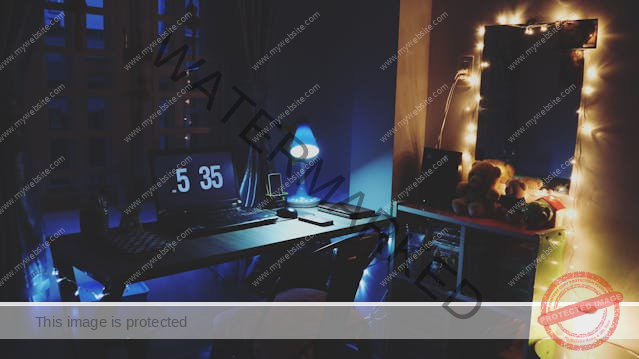As energy prices continue to rise, homeowners and businesses are searching for ways to lower their energy bills without sacrificing comfort or personal productivity. Some methods may involve a monetary cost upfront, whereas other methods may just be behavioral changes that will allow for savings over time. In any case, you need to know how and where you’re using energy to reap real savings. By taking the right approach, it is possible to make saving electricity less of a burden and simply a lifestyle. Here are six practical techniques to help save you money on your electricity bill:
Invest in Solar Energy Systems
Solar energy is a sustainable and cost-effective way to power your home while reducing your reliance on the grid. If you consider a solar panel system, you can generate electricity based on a clean energy resource, and in most locations, receive credits on the electricity bill through net metering programs. A solar panel system could drastically reduce your monthly expenditures, specifically in warm-weather states where the sun’s rays are plentiful year-round. The installation may be the most costly upfront, but there are good financing avenues and tax incentives to ease the initial costs. Over the years, homeowners can alleviate recurring electricity bills while creating a greener environment by removing harmful carbon emissions
Upgrade to Energy-Efficient Appliances
An effective way to lower your electricity bill is by replacing old appliances with energy-efficient models. Older appliances often use much more electricity than modern ones. Look for devices with the Energy Star label, which means they meet strict efficiency standards set by the US Environmental Protection Agency. While these models might have a higher upfront cost, the energy savings the provide usually outweigh this expense within a few years. Whether it’s your refrigerator, washing machine, or water heater, switching to newer, more energy-smart versions can make a noticeable difference in your monthly utility bill.
Conduct Regular Electrical Inspections
Another overlooked way to save money on electricity is by conducting periodic inspections of your electrical system. Worn wiring, faulty outlets, and outdated circuit breakers can cause energy leaks or inefficiencies that gradually raise your utility costs. By spotting and fixing these issues early, you protect your home from potential hazards and ensure your system runs efficiently. It’s recommended to hire experienced electricians to perform these assessments, especially if your home is older or has gone through renovations recently. Professional evaluations can also identify hidden problems, like phantom loads from idle electronics or faulty connections, that might otherwise go unnoticed.
Optimize Heating and Cooling Usage
Heating and cooling systems usually account for a large share of energy consumption. To reduce unnecessary use, consider adjusting your thermostat by a few degrees depending on the season. During winter, lowering the temperature while you sleep or when you’re away can lead to significant savings. Similarly, raising the thermostat a bit in summer helps cut air conditioning costs. Investing in a programmable or smart thermostat can automate this process and maximize efficiency without constant monitoring. Also, sealing windows and doors, using ceiling fans, and ensuring good insulation are all simple tactics that contribute to maintaining a comfortable indoor climate without straining your HVAC system.
Use Lighting More Efficiently
Lighting is a big part of the electricity use in your home, and many households are still using inefficient options. By moving to LED lighting, you can save up to 80% energy to run your home. While you can change bulbs, you can also be mindful of the daylight in your home during the day. Open the curtains and let the daylight in instead of turning on lights, use dimmer switches so the brightness can be adjusted as needed, and try and use sensors in areas that are not frequently used, like garages, basements, or guest bathrooms, to further reduce waste. These small adjustments to lighting habits can add up to significant savings throughout the year.
Unplug Unused Electronics and Appliances
Many devices consume electricity even when they’re not in active use. This is known as phantom load or standby power. Chargers, microwaves, gaming consoles, and even televisions draw small amounts of energy when plugged in, adding up over time. A simple way to tackle this is by unplugging these devices when they aren’t in use or using smart power strips that automatically cut power to idle devices. This practice is especially beneficial in home offices, where multiple electronics are often plugged in at the same time. Over a year, managing phantom loads can noticeably lower energy consumption and reduce your electricity bill.
To sum up, saving money on electricity doesn’t require drastic changes or costly upgrades. A mix of smart habits, thoughtful investments, and regular maintenance can lead to lasting benefits for both your wallet and the environment. Start with small changes and build from there. Each step brings you closer to a more sustainable and cost-effective way of living.















